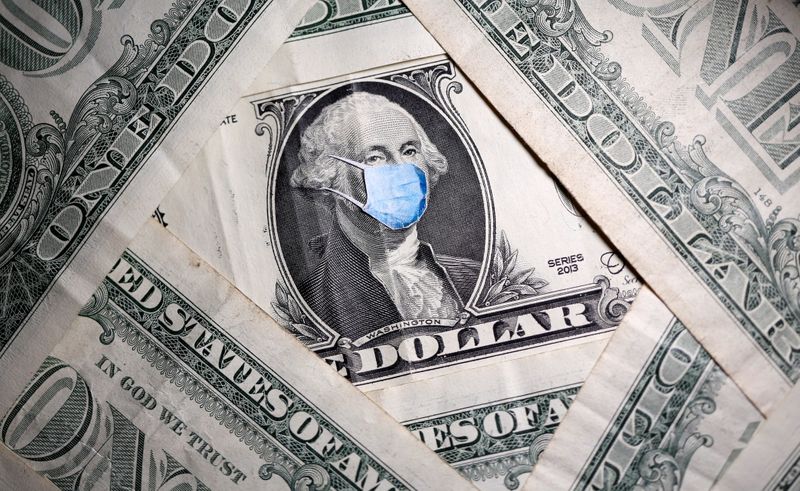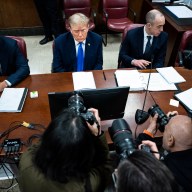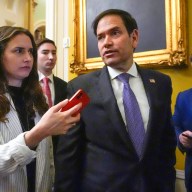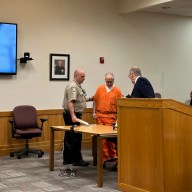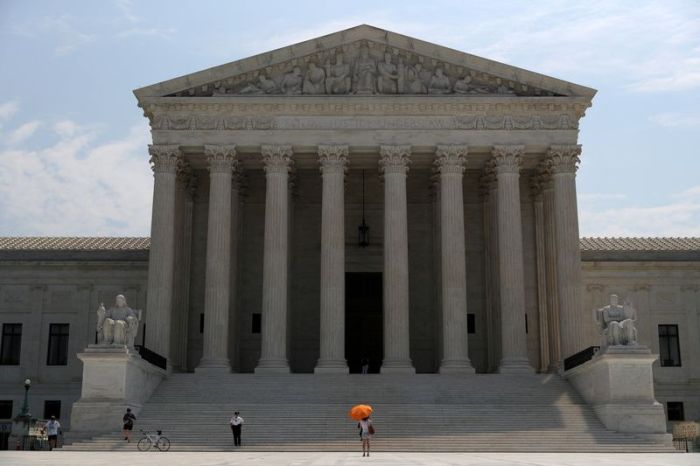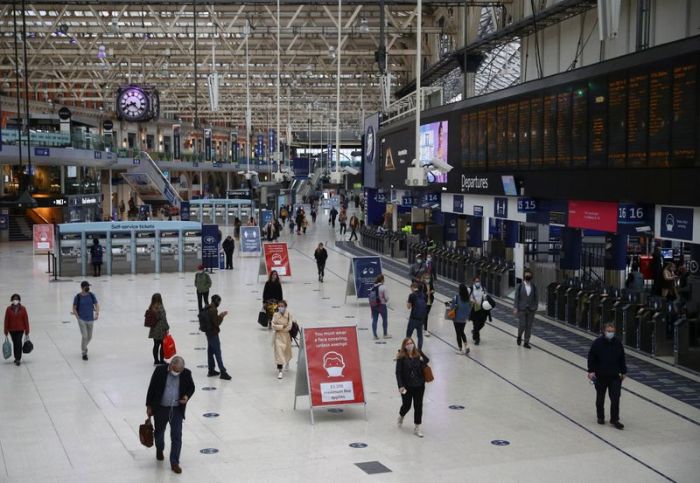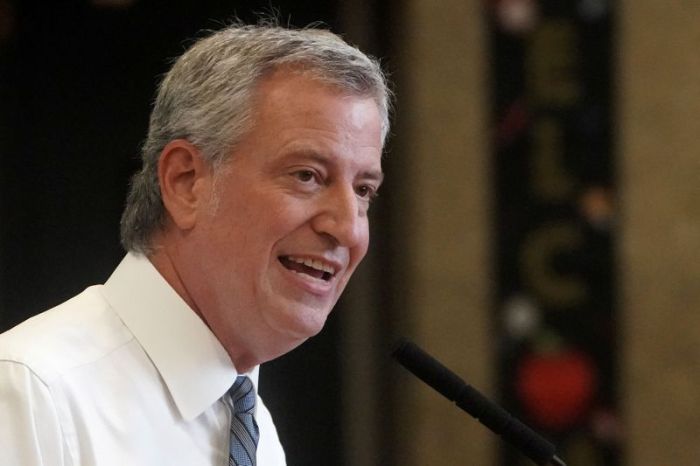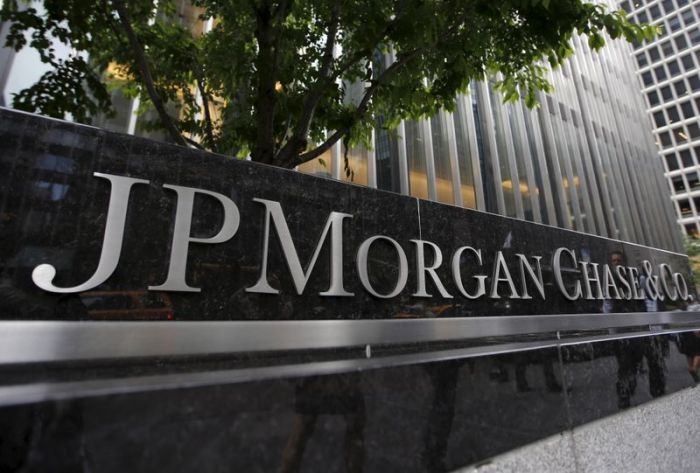NEW YORK (Reuters) – The dollar gained for the fourth day in a row and traded at a more than eight-week high on Wednesday, as U.S. equities fell and investors questioned the pace of the global economic recovery on rising coronavirus cases and weak economic data in Europe while investors grappled with U.S. policy uncertainty.
The tone for the day was set after data showed euro zone business growth ground to a halt in September, raising fears that fresh restrictions to quell a resurgence in coronavirus infections might put the economic recovery into jeopardy.
In Britain, the economy also lost momentum, a business survey showed, as consumer-facing sectors suffered, notably from the end of a government subsidy to support restaurants.
“The market continues to re-evaluate its previously very optimistic stance on the status of global risks out there,” said Ben Randol, senior FX strategist at BofA Securities in New York.
“The newsflow has been negative on the virus and negative on growth. We’ve had some crummy data and also we’ve had the Fed speakers that have been on balance considerably less dovish than the market seemed to expect, which puts positions at risk,” Randol said.
Randol also cited comments from the Federal Reserve after Chicago Federal Reserve President Charles Evans sent investors to the safety of the dollar on Tuesday by floating the idea of rate hikes.
Fed Vice Chair Richard Clarida said Wednesday that policymakers “are not even going to begin thinking” about raising interest rates until inflation hits 2%.
To Randol, this suggests the Fed is reserving its right “to pre-emptively lift rates” if it sees inflation as problem.”
Others said a lack of clarity in the Fed’s comments has boosted dollar demand. People were hoping the Fed would be more specific about its medium- and long-term goals last week, according to Thierry Wizman, global interest rates and currencies strategist at Macquarie Ltd in New York.
“The various Fed speeches since then have not really fixed the matter. They continue to be very ambiguous. People who have been short the dollar for the last few months are taking it as an opportunity to unwind their positions,” said Wizman.
The dollar index <=USD>, which measures the greenback against a basket of six major currencies, added to gains as the session wore on and U.S. equities steepened their decline. It was last up 0.43% at 94.385 after earlier hitting 94.435, its highest level since July 24.
The euro was down 0.42% at $1.1657, after falling in the late afternoon to a low for the session so far of $1.16515 <EUR=D3>, its lowest since July 27.
Traders in the pound and the euro were also worried that Britain and the European Union will fail to agree on a free trade deal, which would cause additional economic strain.
The pound <GBP=D3> regained some ground as the session wore on and last traded down 0.09% at 1.2719 after falling earlier to $1.2676, its lowest level since late July.
It had came under pressure after British Prime Minister Boris Johnson introduced on Tuesday new restrictions to combat a second wave of the coronavirus.
The Australian dollar <AUD=D3> was last down 1.34% at US$0.7078, after earlier hitting $0.70720, its lowest level since July 24. The New Zealand dollar <NZD=D3> dropped 1.39% to $0.6521.
(Reporting by Sinead Carew; additional reporting by Gertrude Chavez-Dreyfuss in New York and Julien Ponthus in London; editing by Jonathan Oatis)

